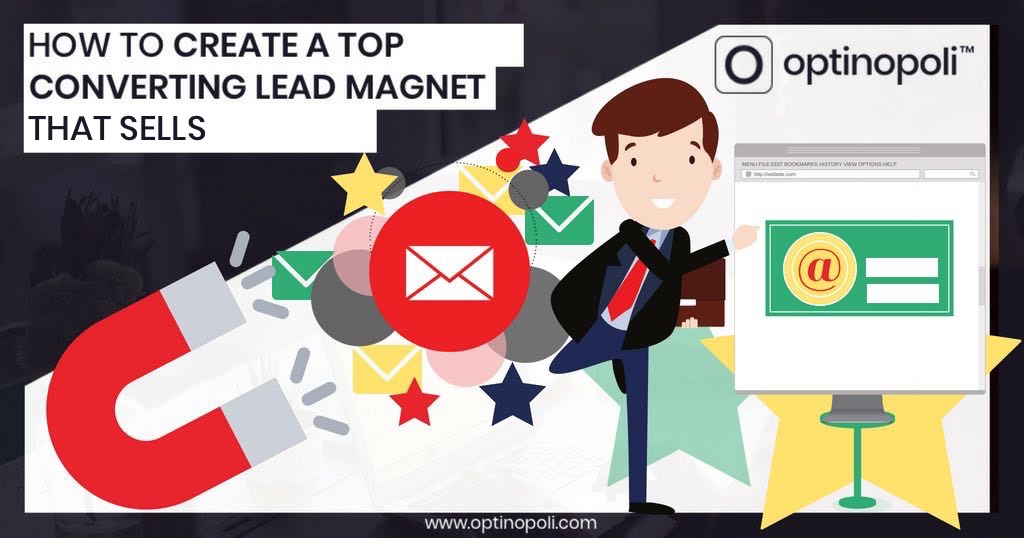
How to Create a Top Converting Lead Magnet That Sells
Want to know the secret of effective lead generation?
Simple—a high conversion Lead Magnet that:
- Attracts the type of person who has a potential interest in your products and services—and may at some point want to buy.
- Begins to build a relationship with them by offering relevant value.
But beware.
Not all Lead Magnets are created equal.
Sure, your Lead Magnet may be attracting leads. But is it attracting leads of the right quality to your business who are predisposed to buy from you?
It’s a subtle difference, and one that can be challenging to perfect.
But get it right, and it transforms your entire sales process and the results you’re able to achieve.
To that end, this post shares with you:
- What a Lead Magnet is, and the types of Lead Magnet you can offer for your market.
- Who to target—how to analyze your market so you know exactly who your Lead Magnet should be designed to attract.
- How to create a Lead Magnet that both attracts leads who are more likely at some point to buy and helps lay the foundations for them to do so.
Ready? Let’s go...
How to create a top converting #leadmagnet that sells via @optinopoliClick To Tweet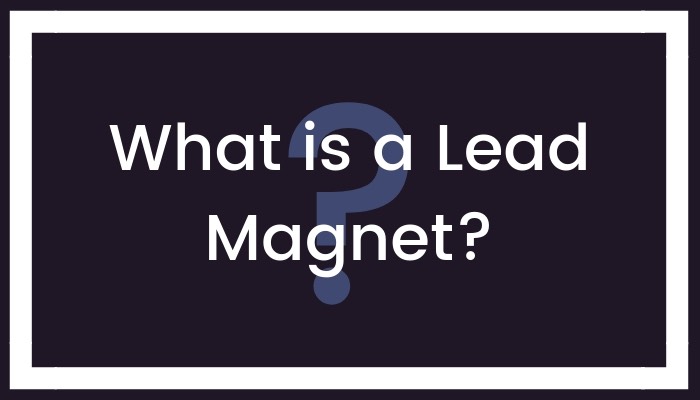
Digital Marketer describes a Lead Magnet as...
... an irresistible bribe offering a specific chunk of value to a prospect in exchange for their contact information.
Digital Marketer
In other words, it's something with enough appeal to your target prospect that they’re willing to give you their email address (and possibly other information) in order to get it.
Here's a list of ten common types of Lead Magnet businesses offer to attract new leads:
- A report
- A checklist
- A cheatsheet
- One or more videos
- An ebook
- An email course
- A discount
- A sample
- A quotation
- A consultation
This is by no means a definitive list. What you offer is limited only by your imagination and what market analysis (see below) and testing shows works best for your business.
Above all, your Lead Magnet should:
- Attract leads likely to have an interest in what you are selling.
- Be easy to consume or otherwise get value from.
- Build credibility, authority and trust in the prospect’s mind about your business—in other words, start laying down the foundations required for them to buy from you.
We’ll deal with the latter shortly.
For the first point—the need for your Lead Magnet to attract leads with an interest in what you’re selling—you need to know exactly who to target.
This requires analysis of your market by simply asking a few key questions about who buys from you and why...
For an effective #leadmagnet, analyze your market by asking 5 key questions #inboundmarketing via @optinopoliClick To Tweet
You don’t want the Lead Magnet to just attract anyone, regardless of lead quality.
Otherwise, you’ll end up frustrated with relatively unresponsive leads and low conversion rates. Plus you’ll be failing to attract those who would be a stronger match for what you sell.
Instead you want leads who are likely to:
- Want to hear from you, and continue doing so over the longer term.
- Have a genuine interest in what you’re selling.
- Be generally responsive to your messaging.
In other words, you want your Lead Magnet to attract leads who are likely at some point to want to buy from you.
Of course, that’s the purpose of capturing their information in the first place. You want to convert them into customers, build revenue and help achieve your sales targets.
But you can only do this when you have to have a clear grasp of who your customer is. Once that’s properly defined, you can design a Lead Magnet to appeal to that type of person.
Where Do You Start?
Here are five key questions you should use to analyze your market and define your customer. Take time to go through each of these, ideally with one or more colleagues:
- Why do people buy from you?
- What types of pain are they seeking to avoid when they buy from you?
- What types of pleasure are they hoping to feel?
- What are the main interests of your ideal customer?
- What specific characteristics does your ideal customer have?
Based on your answers, create a document that defines the buyer persona for your business. This doesn’t have to be set in stone, and can be refined and adjusted in future.
But it’s well worth doing. Using a buyer persona can:
By documenting exactly who your customer is, you’ll know exactly who your Lead Magnet needs to target. You can then start planning a Lead Magnet to appeal specifically to them...
Get clear on who you want your #LeadMagnet to target #emailmarketing via @optinopoliClick To Tweet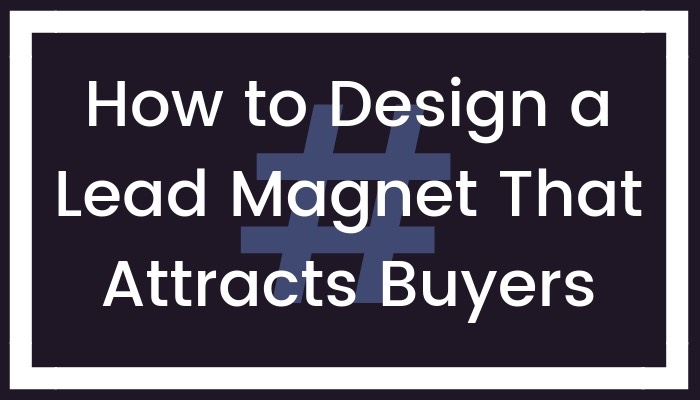
Let’s say you’re marketing a product that teaches people to go from sitting on the couch to running 10 miles within a few weeks.
A common assumption might be that the market for such a product consists of people generally interested in increasing their fitness levels. A Lead Magnet might therefore be created to share a free 5 minute fitness routine people can do in their home.
However, such an assumption is built on relatively limited market analysis.
Customers of the end product might well be motivated by a general desire to build fitness levels. But more specifically, the ideal customer also wants to run, and to achieve a certain level of distance.
Other motivations might include the desire to:
- Feel more confident.
- Develop a general sense of achievement.
- Have more energy.
- Lose weight.
Further market analysis finds that your ideal customer is:
- Relatively sedentary right now.
- Keen to change.
- Feeling inspired for one or more reasons to specifically want to take up running and achieve a certain level of competency in it.
Their motivation could be caused by:
- A health or relationship issue that has jolted them into action.
- Feelings of low self-esteem.
- Inspiration from a friend or relative.
- A desire to raise money for charity.
- Something they’ve read or watched.
A Lead Magnet providing a 5 minute fitness routine would certainly attract those interested in fitness. But such people might be active already, keen to integrate more fitness into their life, and are already, so to speak, “off the couch”.
In other words:
- The end product would only have limited relevance to leads attracted by a general fitness-related Lead Magnet.
- Such leads are not necessarily the same people keen to learn how to run 10 miles, and willing to buy a product teaching them how to do so.
There’s also a trust issue.
Such a Lead Magnet specifically illustrates expertise in home workout routines. Why should the leads it attracts then trust you when you want to teach them how to run over distance?
What Could You Do Instead?
A more suitable Lead Magnet might instead involve one or more free videos that show people how to:
- Get off their couch.
- Start running a mile within a couple weeks.
By offering this type of Lead Magnet, with a direct relevance to the end product, you would be:
- Attracting people with a close potential interest in the product you want to sell—there’s a direct market match.
- Building relevant authority and trust with potential customers.
- Providing a taster of the end product. A proportion of leads it attracts will be interested in running further than a mile. The Lead Magnet develops a sense of trust that you’ll be able to help them do that too.
It’s a subtle difference in the type of Lead Magnet on offer. But it’s crucial in terms of the difference in results it can then achieve as result.
In creating high conversion #LeadMagnets, ensure there's a direct market match #leadgeneration via @optinopoliClick To TweetHere’s how to put this into action...
- Using this scenario as an example, along with your market analysis and buyer persona, start thinking about the type of Lead Magnet that would attract your ideal customer.
- Either on your own or with colleagues, brainstorm three different ideas for suitable Lead Magnets.
- Finally, narrow it down to one initial Lead Magnet that you can work on creating.
Start offering it on your website to convert visitors into leads. For optimal performance, make sure you split test your offers. Small differences, such as a headline or image, can have a dramatic impact on the number of people who sign up.
It’s a good idea too to test different Lead Magnets in terms of:
- The number of leads they attract.
- The number of sales they ultimately deliver.
To Conclude
To create a top converting Lead Magnet that sells effectively, you need to first analyze your market in order to define your ideal customer.
Armed with this information, you can then design a Lead Magnet to attract them to your business.
Remember, you don’t just want a Lead Magnet that attracts leads regardless of quality. You want one that attracts leads who are more likely to buy from you over time.
Finally, the result of employing such a Lead Magnet has key benefits that might not be immediately obvious.
Because each lead you’re now attracting is more likely to buy, they are of course more valuable. This makes investments in say advertising and content creation more cost effective and attractive, allowing the business to attract more leads in the first place and achieve potentially significant growth.
How to create a top converting #leadmagnet that sells via @optinopoliClick To Tweet
steve shaw
Steve Shaw is the CEO of optinopoli™, next-generation lead capture and sales conversion technology—click here for more info.
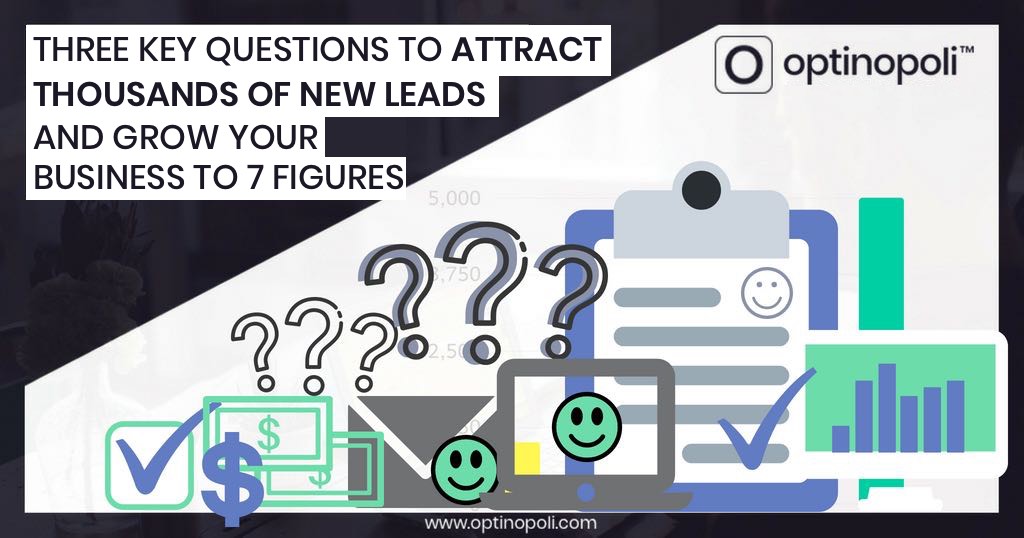
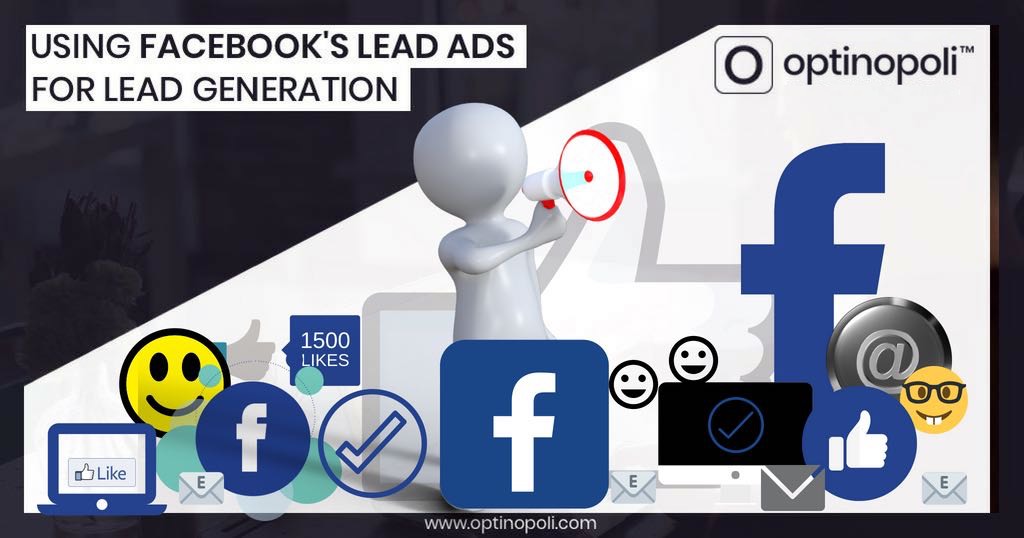
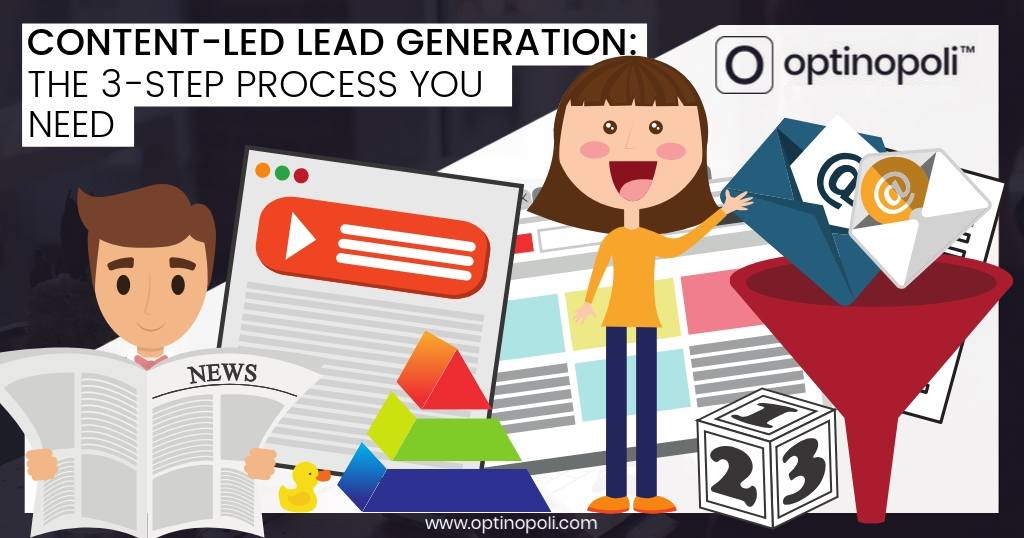
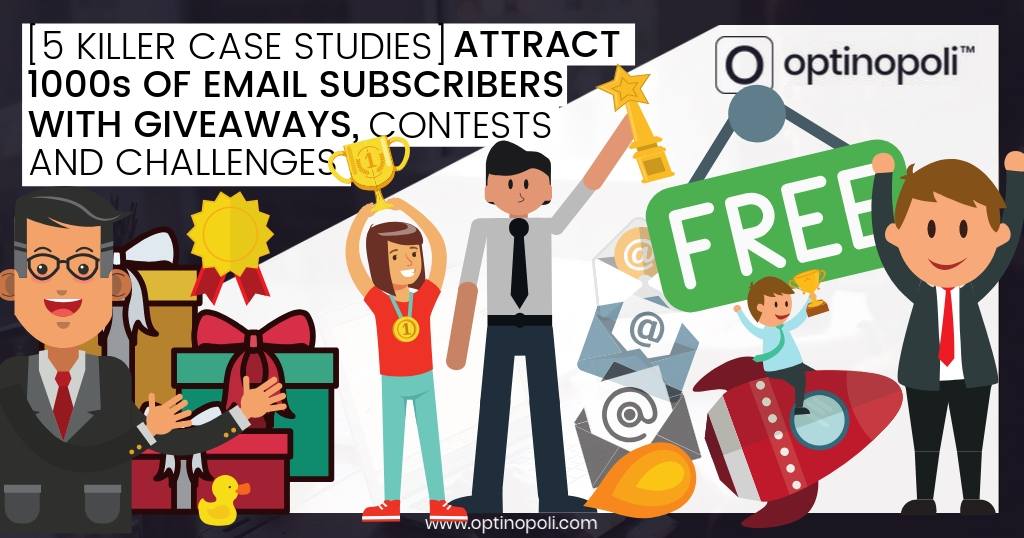
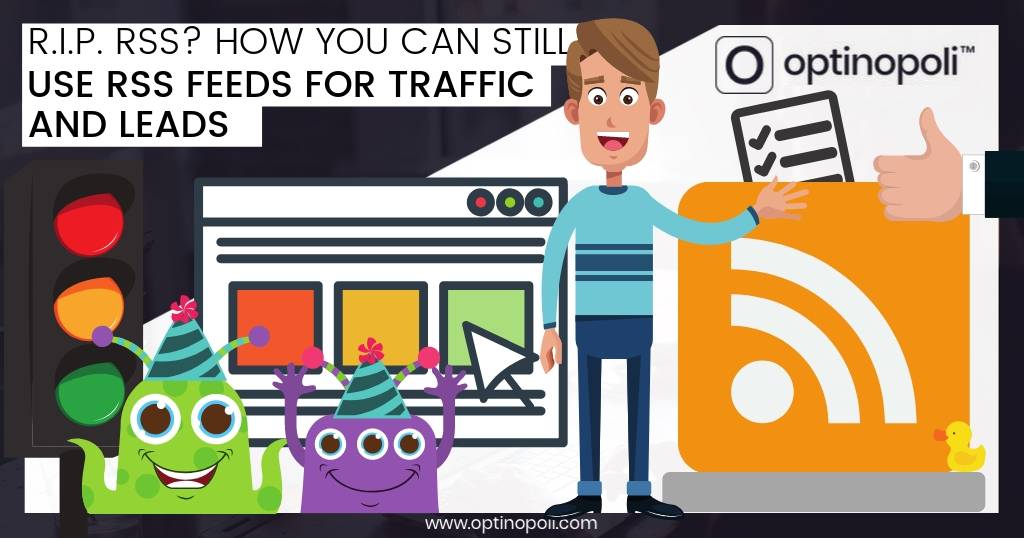
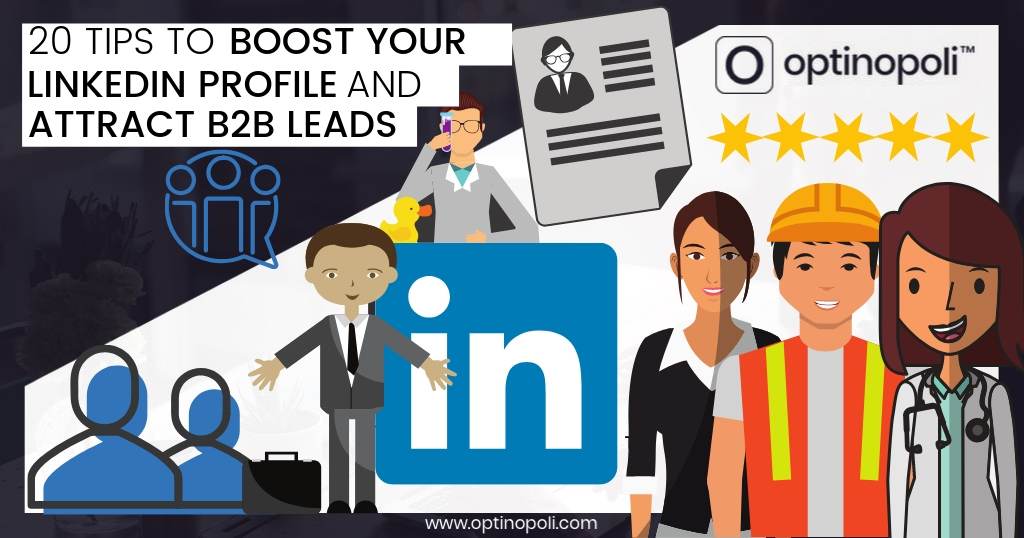
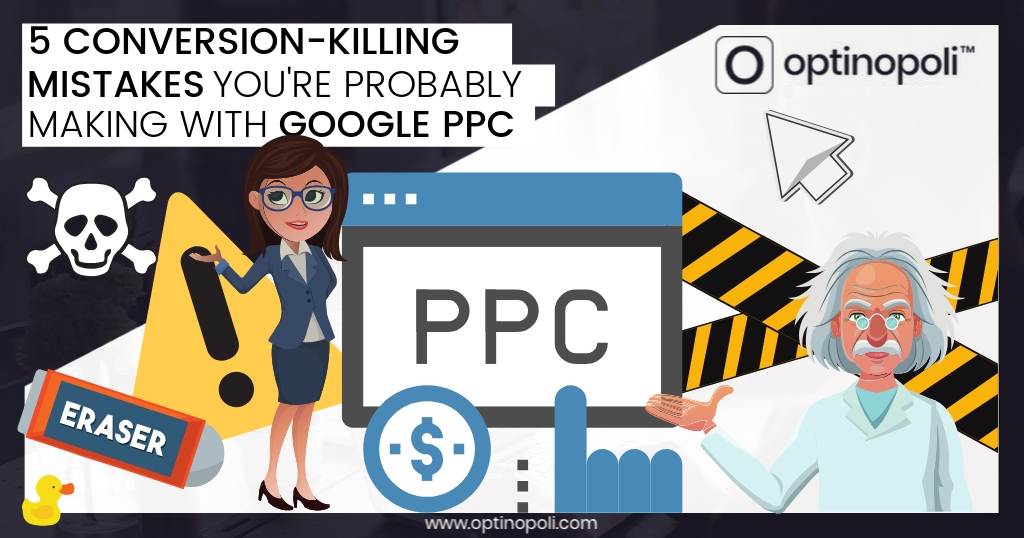
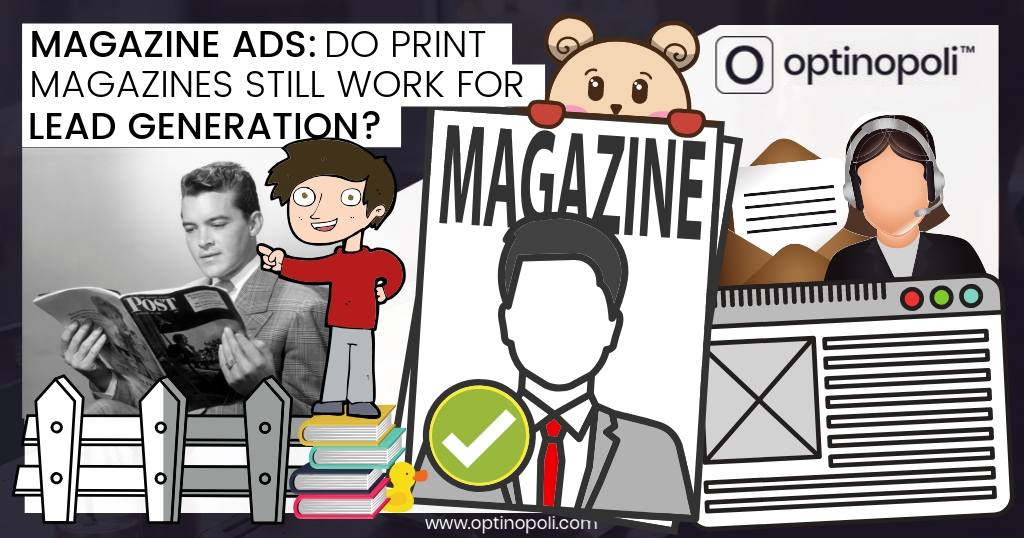
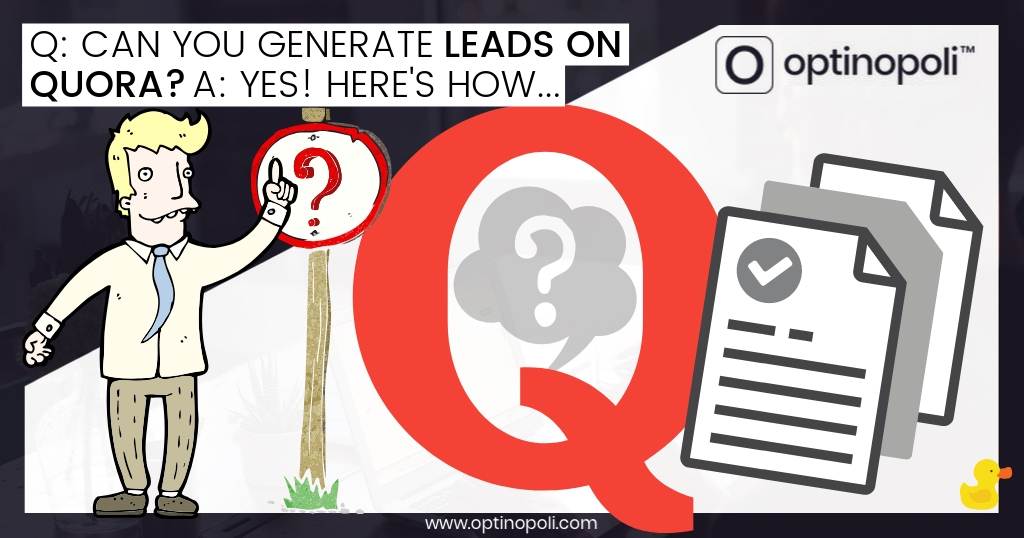
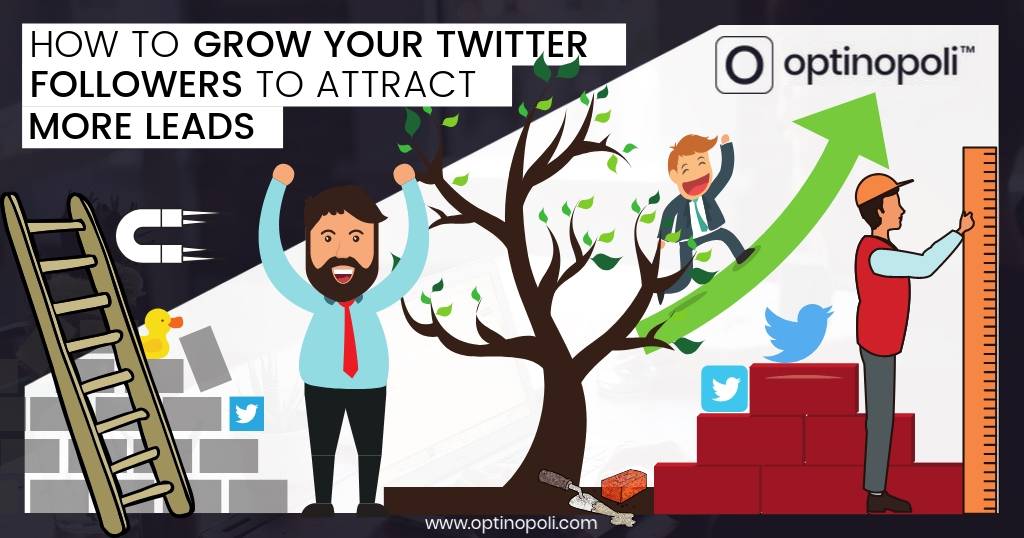
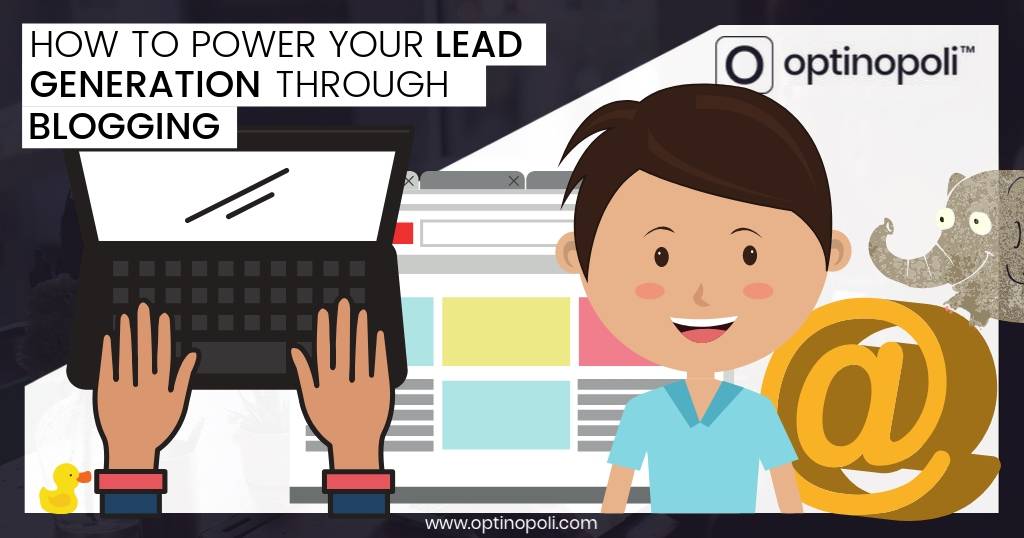
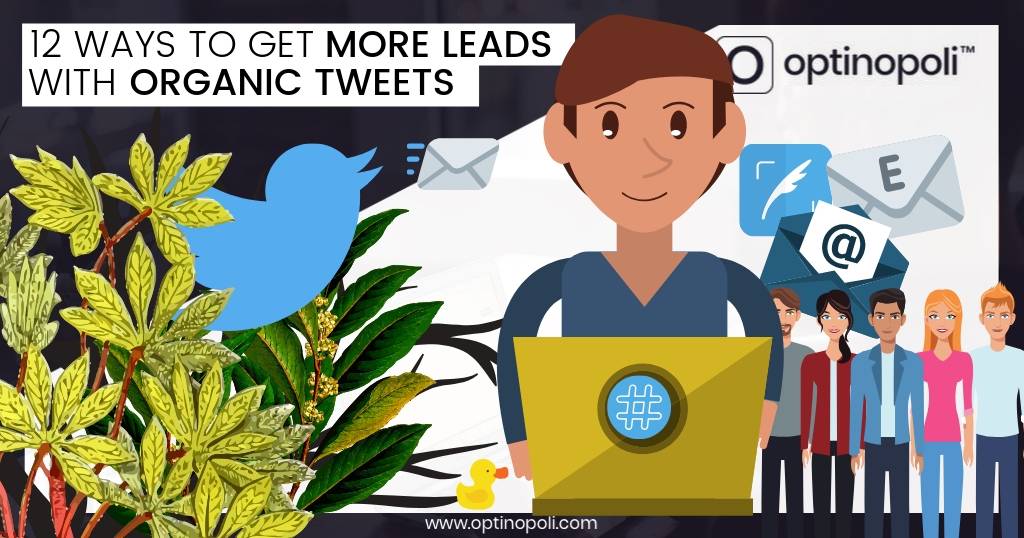
Comments